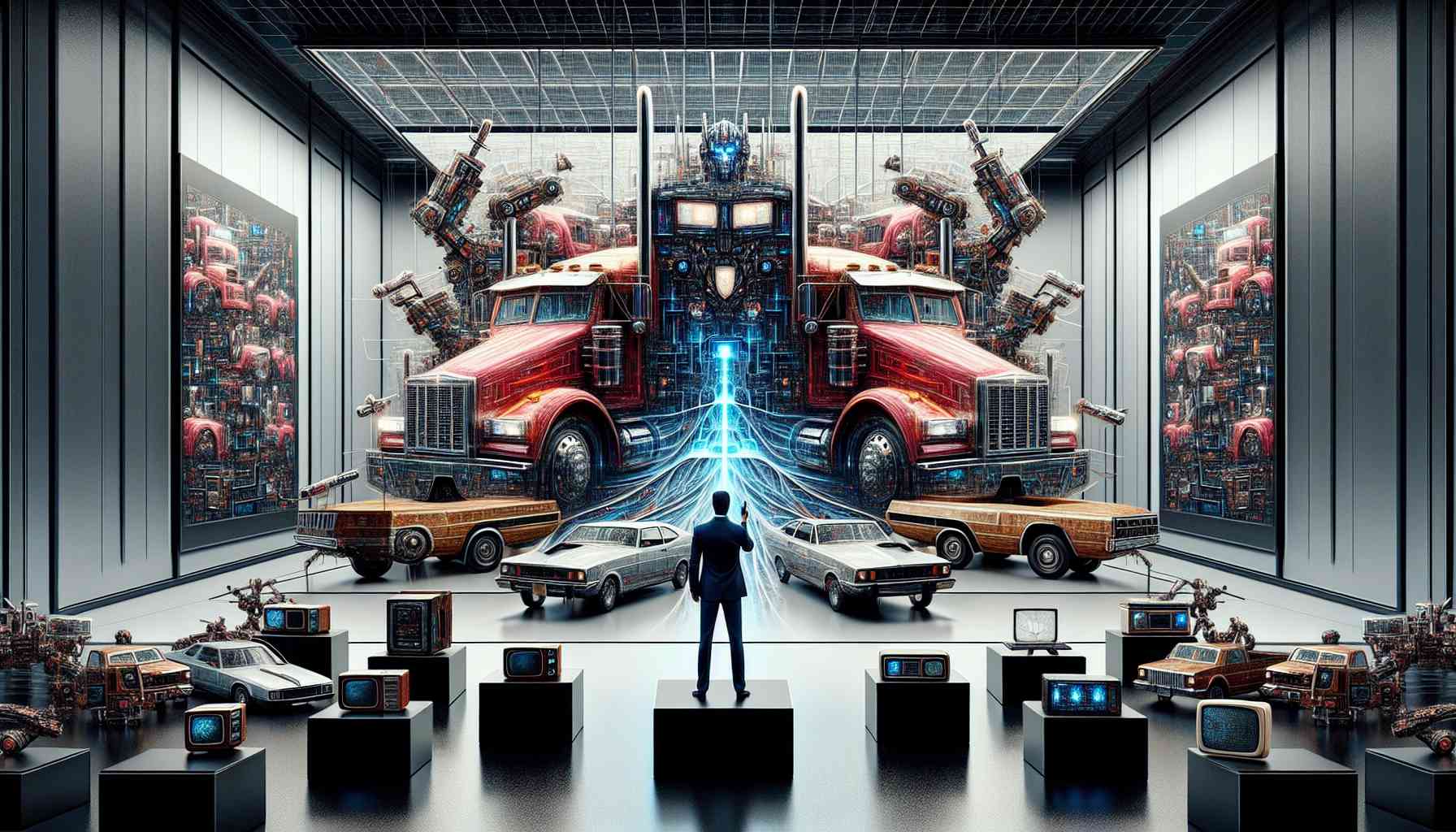Summary:
The development of text-to-image models has seen an increasing demand for high-quality visuals. However, these models often face challenges in training efficiency and real-time applicability. In response, a recent research paper introduces PIXART-δ, an advanced iteration that seamlessly integrates Latent Consistency Models (LCM) and ControlNet-Transformer into the existing PIXART-α framework. This integration leads to accelerated image generation and precise control, unlocking new possibilities for real-time applications.
PIXART-δ leverages Latent Consistency Distillation (LCD) for training, which is a refined version of the Consistency Distillation (CD) algorithm. The incorporation of ControlNet into PIXART-δ involves a novel ControlNet-Transformer architecture, specifically designed for Transformer-based models like PIXART-δ. The ControlNet structure is selectively applied to the initial N base blocks of the Transformer, resulting in enhanced controllability and performance.
Training efficiency is a key highlight of PIXART-δ, as it successfully undergoes distillation within a 32GB GPU memory constraint, supporting image resolutions up to 1024 × 1024. In terms of inference speed, PIXART-δ outperforms comparable methods, achieving impressive results with just four steps. This efficiency represents a significant improvement over the previous PIXART-α model and other standard methods.
The effectiveness of the ControlNet-Transformer architecture is demonstrated through an ablation study, revealing faster convergence and improved performance. The impact of the number of copied blocks (N) on performance is also analyzed, showcasing optimal results with N = 1 in most scenarios.
In summary, PIXART-δ represents a significant advancement in real-time image generation. By combining accelerated sampling with Latent Consistency Models and precise control through the innovative ControlNet-Transformer, this model showcases faster sampling and efficient high-resolution image generation. These advancements open up new possibilities for real-time applications in the field of image generation.
The source of the article is from the blog lokale-komercyjne.pl

